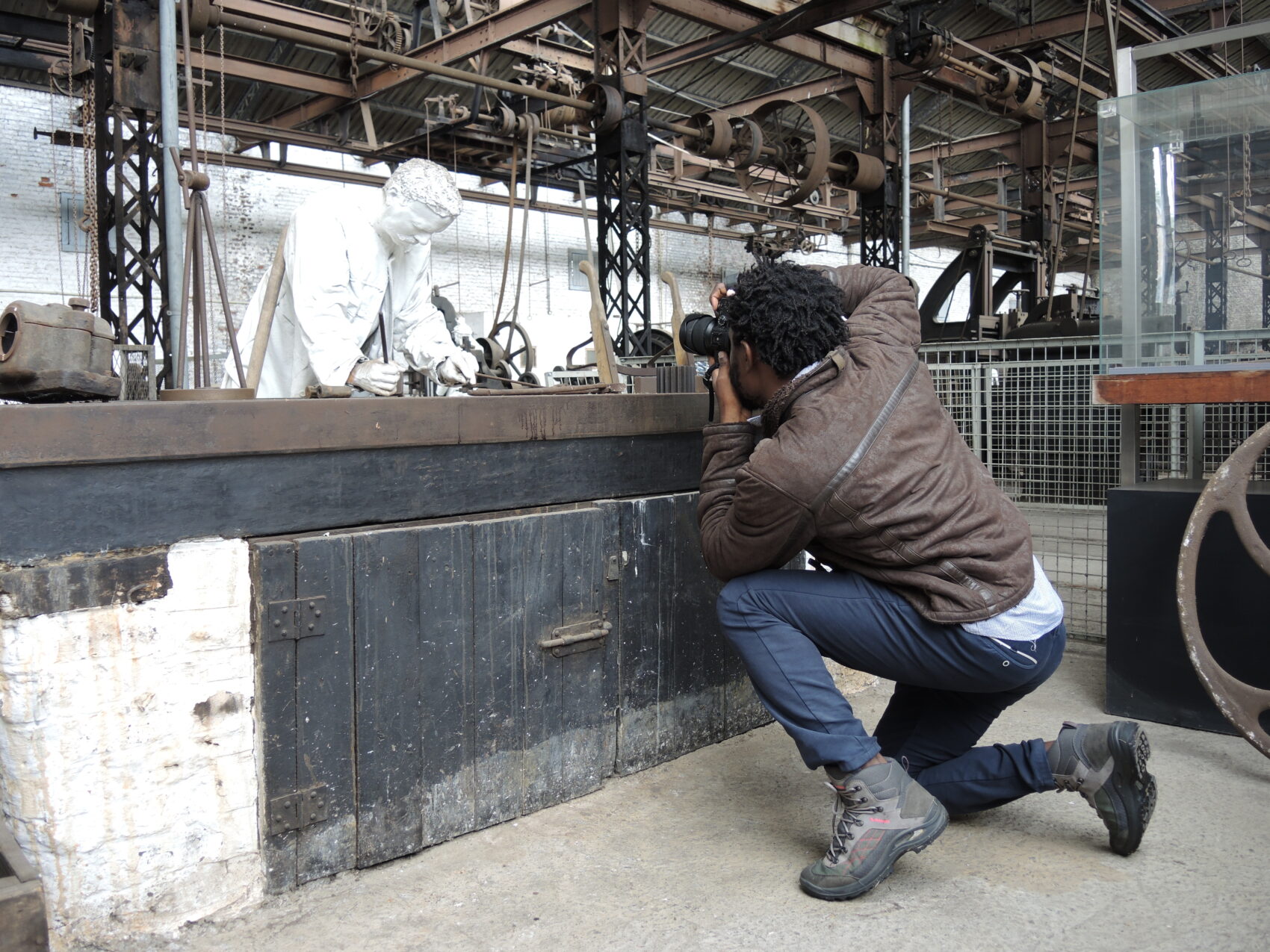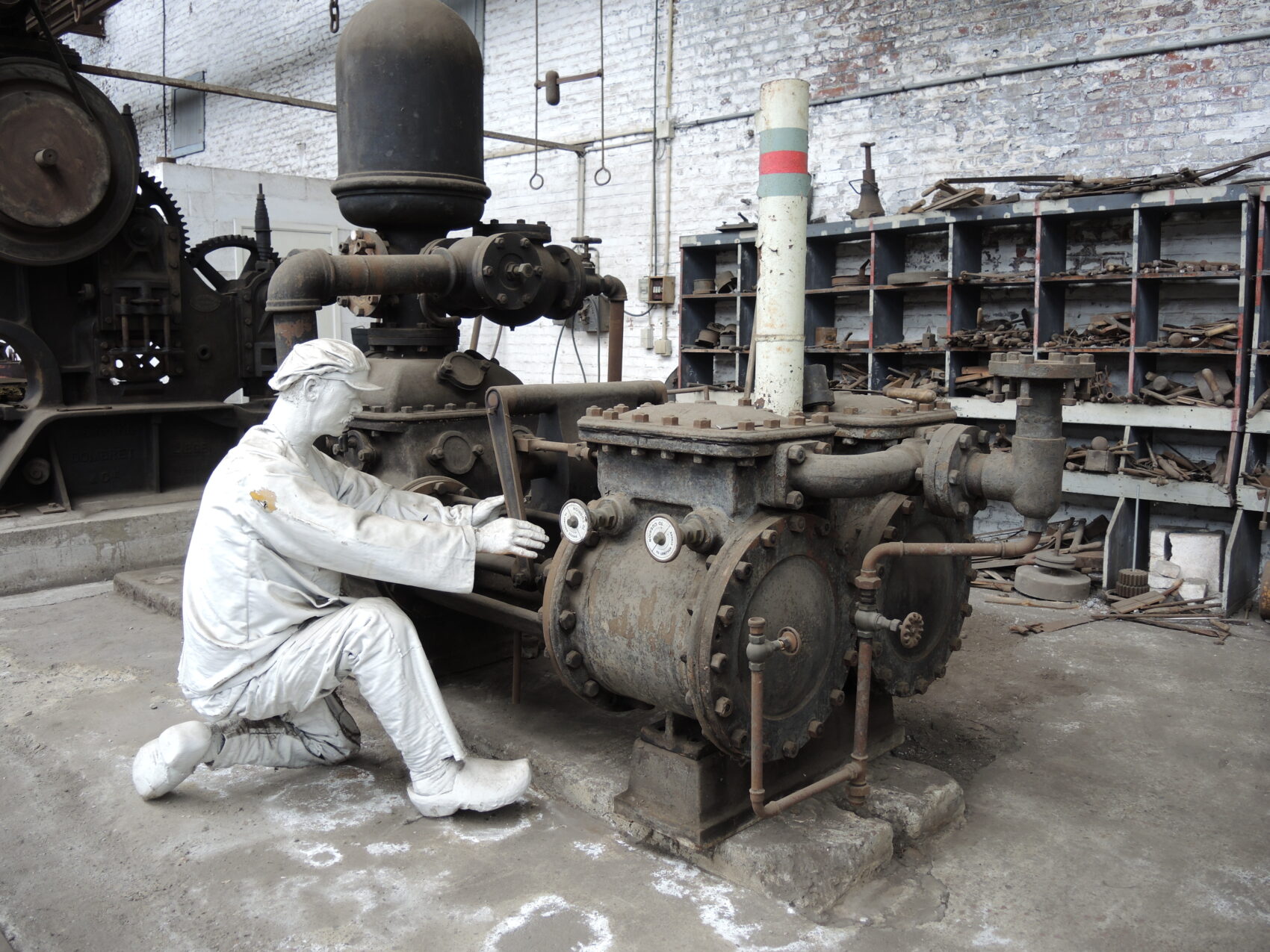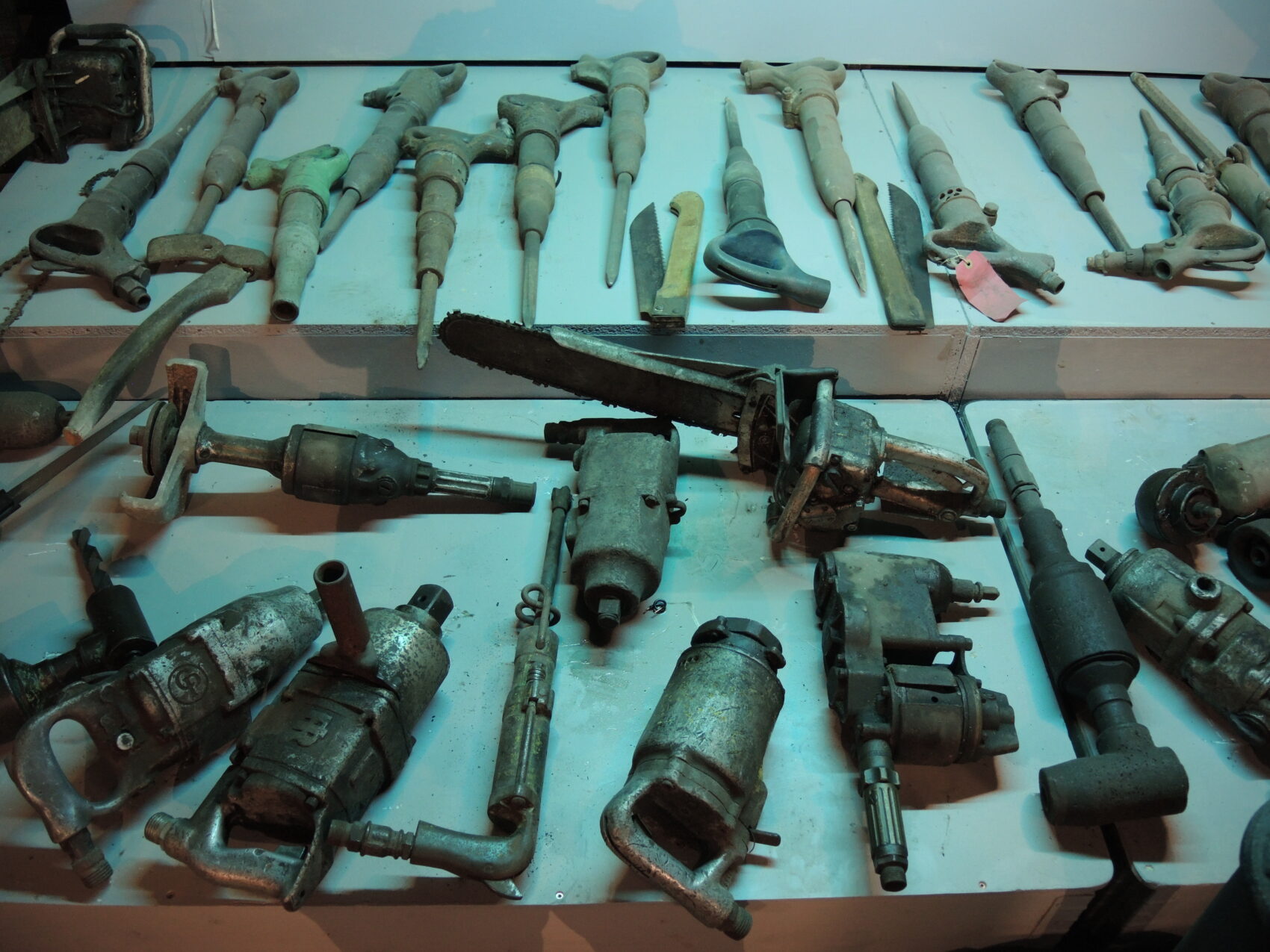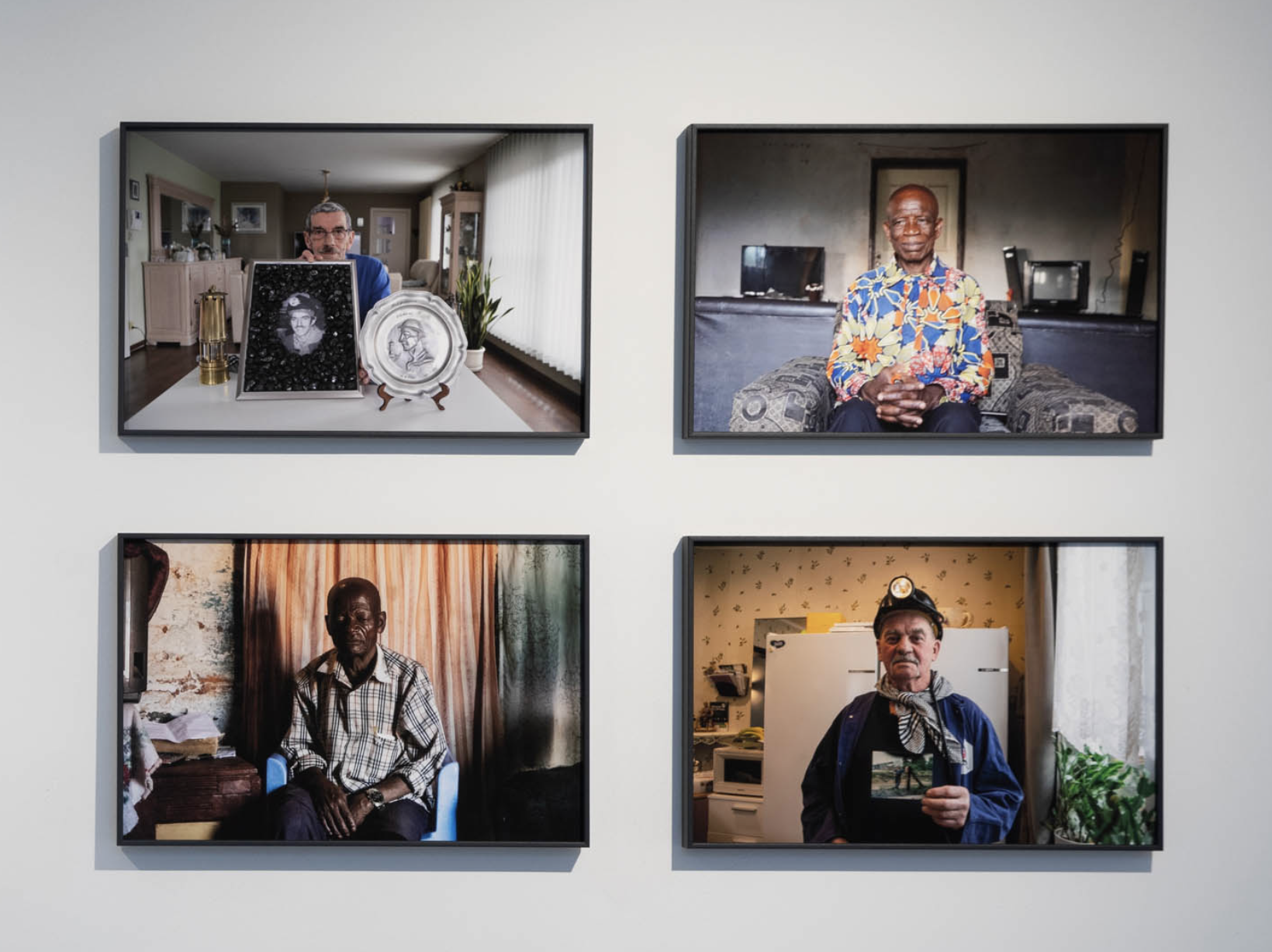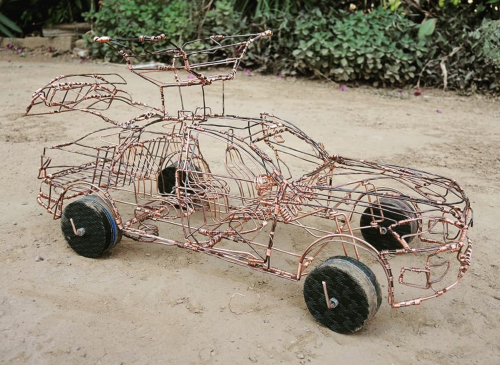16 November - 29 December 2022
On-Trade-Off: Alain Nsenga: Residency @ Jester
Jester, Genk, Belgium
On-Trade-Off is an artist-run project initiated by Picha (Lubumbashi) & Enough Room for Space (Brussels).
On-Trade-Off works on the contemporary dimensions of a question as old, as mythical and as strategic as our relation to energy. Taking the recent run on lithium as a starting point, the project explores a broad range of questions surrounding raw materials for technological industries, financial speculation, and the history of electricity.
The residency at Jester in Genk is supported by FLACC, Z33 and Framer Framed.
The same mining companies and financial institutions that first started exploiting coal mines in Wallonia, moved to Limburg in Flanders, France and the Netherlands and later to the Democratic Republic of the Congo (DRC). They brought their technical expertise, but also their preoccupations about class and intellectual capabilities with them. Congolese miners were compared to miners in Wallonia, and the way in which working camps and factories were constructed came directly from mines sites like Bois-du-Luc in Houdeng-Aimeries. That mine, which became UNESCO World Heritage in 2012, was opened in 1685, and the workers camp, which is still inhabited, was built in 1838. The working conditions for the miners were surprisingly similar, but the afterlife of the abandoned mining sites have a different function and use. The transformation into a tourist attraction did not happen in DRC (yet), and the question is whether it ever will, and even should.
In order to figure out what possible future scenarios can be part of Congolese mining history in the far future, Alain Nsenga will study the local situation in Belgium, The Netherlands, France and Germany. What ghosts of the past are still present, hidden, erased or in some cases commemorated or even glorified? How are the old miners, like my father, but here in Europe, looking back at this crucial period in history? What do they tell their children?
As a photographer and researcher Nsenga says to be eager to dive into this local history, that is very different but at the same time also very similar. His viewpoint on the more common and predominant Western perspective on African mining, de-centres and rectifies the outlook on mining history and extraction of natural resources.
Alain Nsenga: 'I was born in the hospital of Gécamines, La Générale des Carrières et Mines in Likasi, D.R. Congo, where my father worked for 19 years as a miner. I grew up between copper, cobalt and uranium. When I came to Europe for the first time for a residency in Wiels in Brussels, I was very surprised to learn about the mining history of Belgium, which was completely unknown to me. I visited several old mining sites, both in Wallonia and in Flanders, and what I discovered there inspired me so much that I want to start a long research project about the mining history in the Euregion, which includes mining sites in Belgium, The Netherlands and Germany. The same mining companies and financial institutions that first started exploiting coal mines in Wallonia, later moved to Limburg in Flanders, France and the Netherlands and later to the Democratic Republic of the Congo (DRC). They brought their technical expertise, but also their preoccupations about class and intellectual capabilities with them. Congolese miners were compared to miners in Wallonia, and the way in which working camps and factories were constructed came directly from mines sites like Bois-du-Luc in Houdeng- Aimeries. That mine, which became UNESCO World Heritage in 2012, was opened in 1685, and the workers camp, which is still inhabited, was build in 1838. The working conditions for the miners were surprisingly similar, but the afterlife of the abandoned mining sites have a different function and use. The transformation into a tourist attraction did not happen in DRC (yet), and the question is whether it ever will, and even should. In order to figure out what possible future scenarios can be part of Congolese mining history in the far future, I want to study the local situation in Belgium, The Netherlands, France and Germany. What ghosts of the past are still present, hidden, erased or in some cases commemorated or even glorified? How are the old miners, like my father, but here in Europe, looking back at this crucial period in history? What do they tell their children? As a Congolese photographer and researcher I am eager to dive in this local history, that is very different but at the same time also very similar. I think that my unique viewpoint, reversing in a way the more common and predominant Western perspective on African mining, can add to a more diverse and maybe even egalitarian writing of global mining history and extraction of natural resources.'

